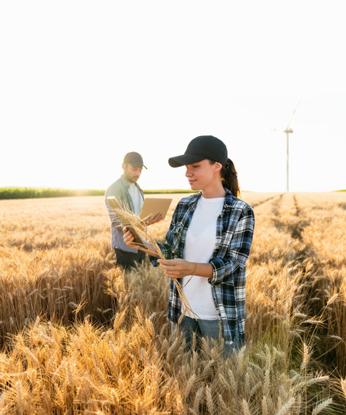Bine ați venit la EU-FarmBook
EU-FarmBook dezvoltă o bază de date interactivă cu sursă deschisă la nivelul UE. Acesta este locul în care fermierii, silvicultorii și consilierii sunt inspirați să inoveze. Materialele utile pentru practică, cum ar fi videoclipuri, manuale de utilizare, infografice și multe altele, sunt reunite.

